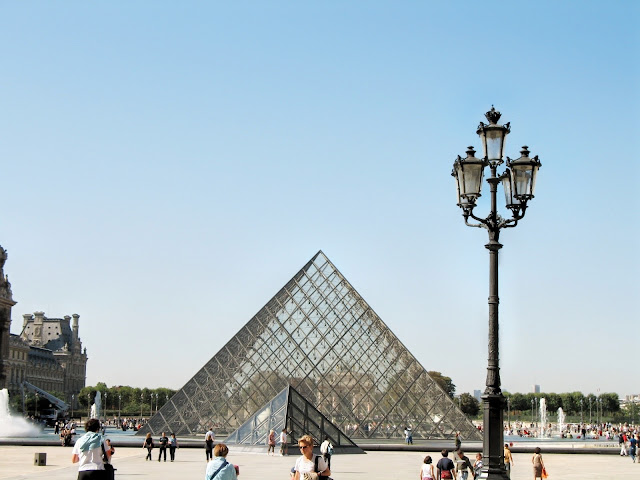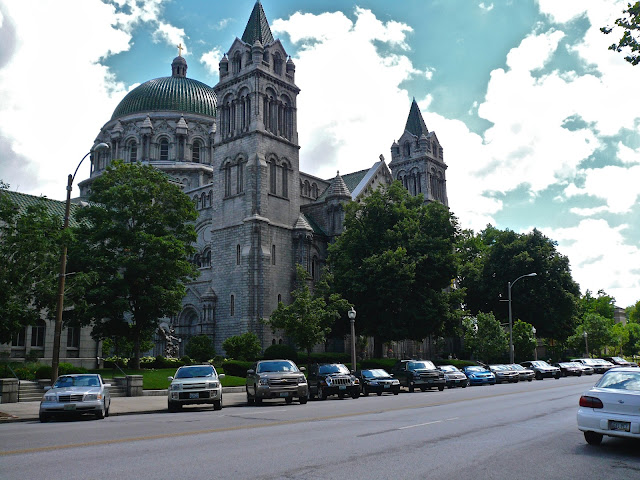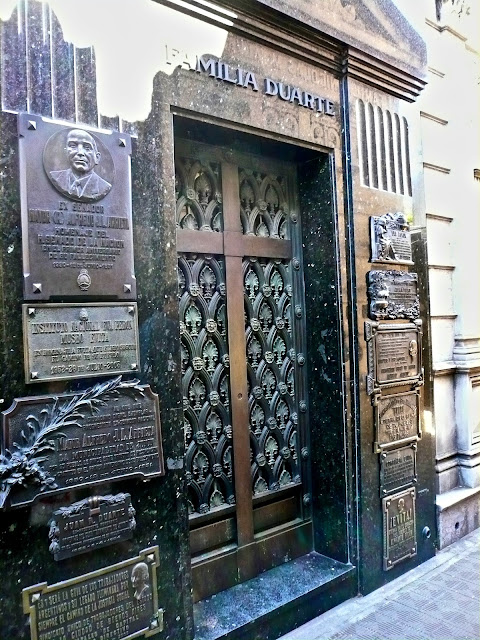The front of the British Museum is photographed by many who visit this monumental establishment but, I wonder how many take a close look at the statues on the pediment. They were created by Sir Richard Westmacott. The museum was constructed between 1823 and 1847 and during that time Westmacott was working on the stautes until 1851. The whole array of statues shows the Progress of Civilization.
In the Center is the allegorical statue of Civilization flanked on the left by Painting and on the right by Mathematics. To the left of Painting we see Sculpture and Architecture and Farmer hunched over a hoe and wearing fleece.
On the right side next to Mathematics we see Dramatic Arts and Music and Poetry. These ladies and gentlemen have a lot to tell us while we are waiting in the line to enter the museum.
London England




























